
Urban environments are constantly evolving, filled with concrete, glass, and steel structures that shape the landscape. Amidst this concrete jungle, a new form of artistic expression has emerged – graffiti art. Unlike traditional art forms, graffiti art is created in public spaces, often without permission, challenging the notion of art as something confined to galleries and museums.
One of the most renowned and enigmatic figures in the world of graffiti art is Banksy. His works can be found on walls, bridges, and buildings across the globe. What sets Banksy apart is his ability to communicate powerful messages through his art, often raising social and political issues that demand attention. With his signature style and thought-provoking imagery, Banksy has become a symbol of the urban art movement.
The urban art movement has gained traction in recent years, attracting both praise and criticism. Advocates argue that graffiti art adds vibrancy and culture to urban spaces, turning concrete walls into canvases that tell stories and spark conversations. It provides a voice for marginalized communities and challenges the status quo.
However, detractors view graffiti art as vandalism, an illegal act that defaces private and public property. They argue that it contributes to urban decay and sends a message of lawlessness. The debate over whether graffiti art is art or vandalism continues to fuel discussions and divide public opinion.
Whether you see it as an act of rebellion or a form of artistic expression, there is no denying the impact that graffiti art, led by artists like Banksy, has had on our perception of art and urban environments. It raises questions about the accessibility of art, the power of public spaces, and the role of art in society. As the urban art movement continues to evolve, it challenges us to reconsider our preconceived notions and embrace the creativity that flourishes in the streets.
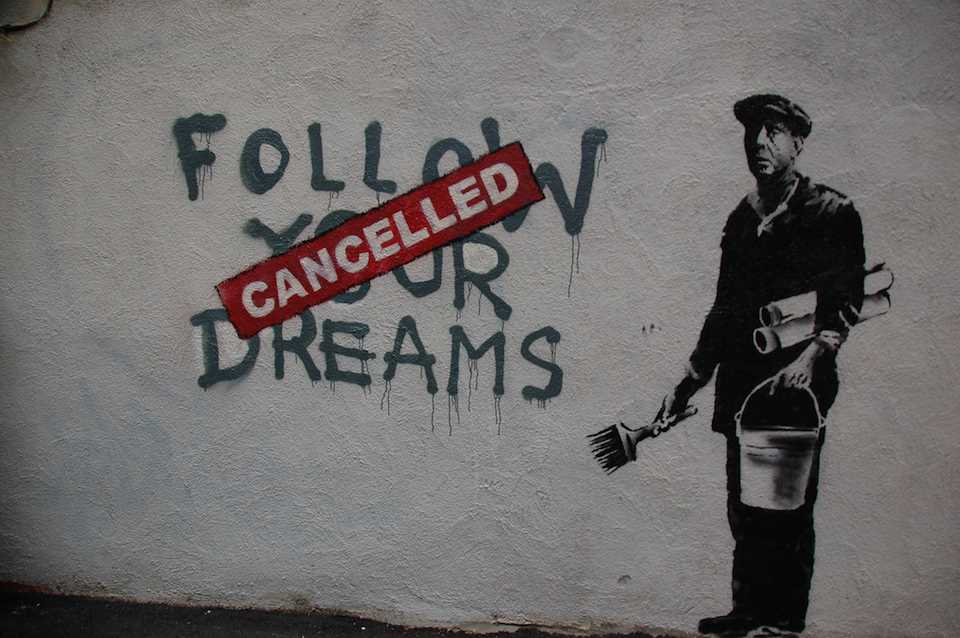
Graffiti is often seen as a form of vandalism or defacement of property. However, for many artists, graffiti is a powerful form of expression and a way to give voice to the marginalized and disenfranchised. It can be a tool for social commentary, political activism, and personal catharsis.
What sets graffiti apart from other art forms is its defiant nature. It is created in public spaces, often without permission, and therefore carries a sense of rebellion and nonconformity. Graffiti artists use bold colors, intricate designs, and powerful imagery to capture attention and provoke thought and emotion.
One of the most famous and controversial graffiti artists is Banksy. Banksy’s works often tackle political and social issues, using stencils and street art techniques to convey powerful messages. His art can be found on the walls of cities around the world, challenging the status quo and demanding attention.
Graffiti as an art form also allows artists to reach a wide audience who may not typically visit galleries or museums. By creating art in public spaces, graffiti artists can engage with communities and spark conversations about important issues. Graffiti can serve as a form of cultural commentary, highlighting the struggles and experiences of different groups of people.
While graffiti may still be considered illegal in many places, it cannot be denied that it has become an important part of urban art movements. It has the power to challenge norms, give voice to the voiceless, and create a visual representation of collective experiences. Graffiti is more than just vandalism – it is a vibrant and expressive form of art that demands attention and inspires change.
The Rise of Banksy: An Enigmatic Street Artist
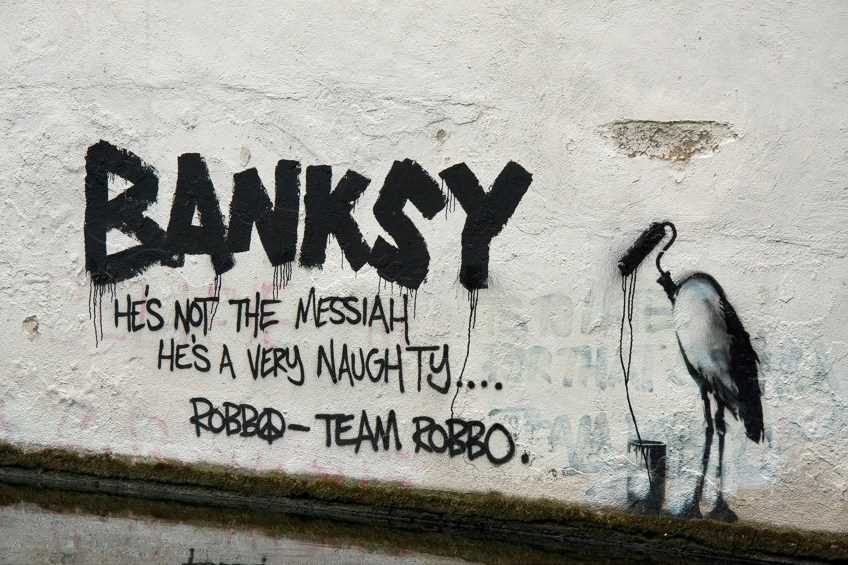
In the world of street art, one name stands out above the rest: Banksy. Known for his provocative and thought-provoking artwork, Banksy has become an icon in the urban art movement.
A Mysterious Identity
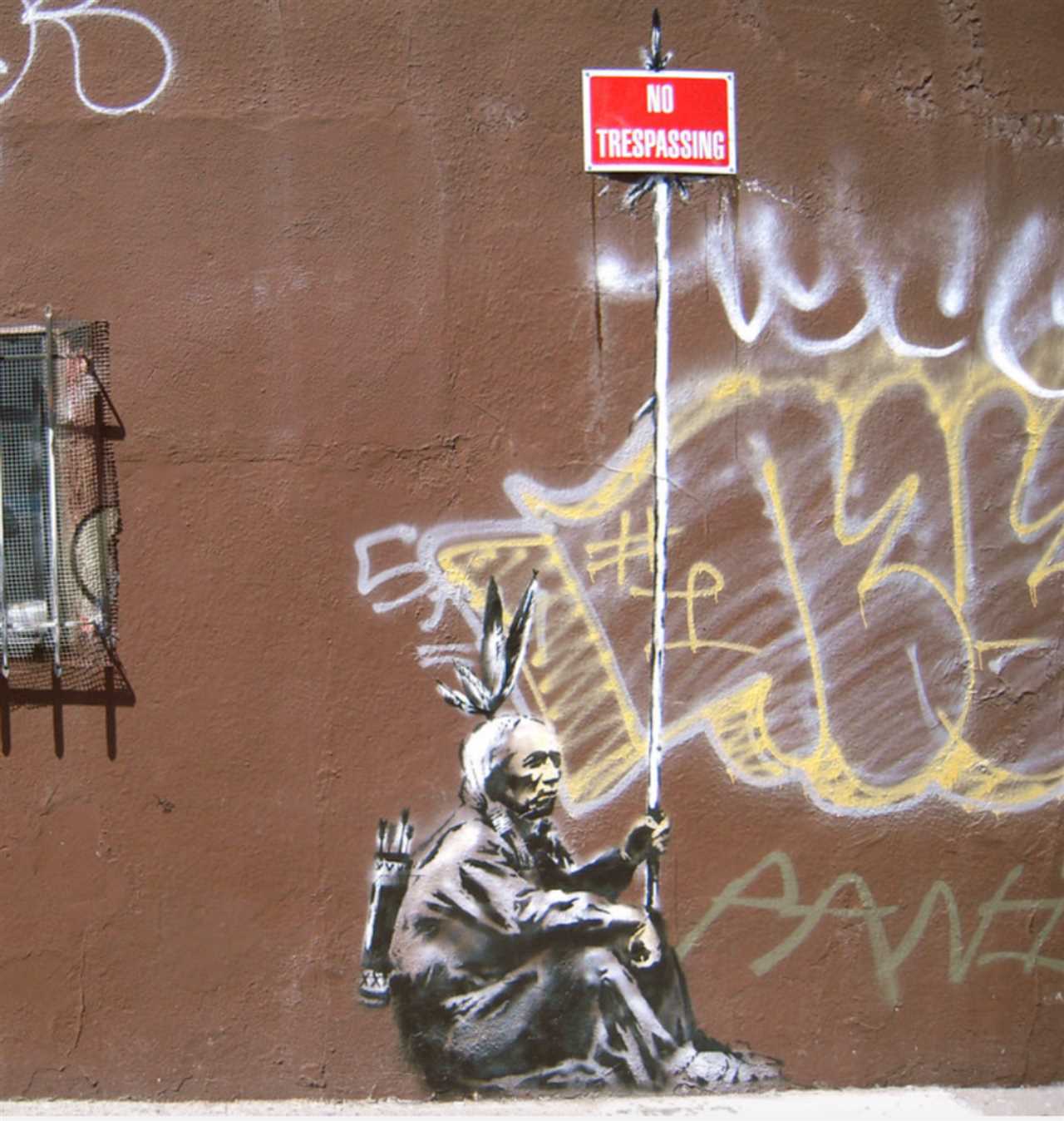
What sets Banksy apart from other street artists is the secrecy that surrounds his identity. Despite his immense popularity, Banksy has managed to keep his real name and face hidden from the public. This mysterious persona only adds to the allure and mystique of his art.
Banksy’s anonymity has allowed him to freely express his political and social commentary without fear of reprisal. His artworks often tackle controversial topics, such as war, capitalism, and government surveillance. Through his art, Banksy challenges the status quo and encourages viewers to question the world around them.
A Global Influence

Although Banksy’s identity remains a secret, his impact on the art world is undeniable. His stencil-based graffiti art can be found on walls and buildings across the globe, from London to New York to Palestine. Banksy’s work has transcended the boundaries of traditional art galleries, reaching a much wider audience on the streets.
Banksy’s popularity has soared in recent years, with his artworks selling for millions of dollars at auction. Yet, despite his commercial success, Banksy continues to critique the art world and its obsession with money and fame. He famously shredded one of his own artworks during an auction, making a statement about the commodification of art.
Graffiti: Art or Vandalism?

Graffiti has long been a subject of debate among art enthusiasts, law enforcement, and society as a whole. While some view graffiti as a form of art and self-expression, others see it as an act of vandalism and disregard for public property.
For those who view graffiti as art, it can be seen as a powerful medium that allows individuals to convey their messages, opinions, and emotions in a way that is accessible to the general public. Graffiti artists often use vibrant colors, intricate designs, and thought-provoking imagery to create visually captivating artworks.
On the other hand, those who see graffiti as vandalism argue that it involves the unauthorized defacement of public or private property. They argue that graffiti can diminish the appearance of neighborhoods, contribute to a sense of insecurity, and cost taxpayers significant amounts of money for cleanup and repair.
The Complexities of Graffiti

The debate surrounding graffiti is further complicated by the fact that not all forms of graffiti are created equal. While some graffiti may be crude, hastily scribbled tags, there are also graffiti artworks that are elaborate, detailed, and highly skilled. The distinction between graffiti as art or vandalism often boils down to individual perspectives and subjective interpretations.
Legal and Social Perspectives

In many countries, graffiti is considered illegal unless the artist has obtained permission from the property owner or is creating an artwork in designated areas. However, there are also cities and communities that embrace graffiti as a legitimate form of art and provide spaces for artists to showcase their skills legally. This approach seeks to harness the positive aspects of graffiti while discouraging illegal and destructive practices.
From a social standpoint, graffiti can be viewed as a form of cultural expression and rebellion against societal norms. It allows marginalized groups to have a voice and make their presence known in public spaces. Conversely, it can also be seen as a form of trespassing and a disregard for established rules and laws.
The Urban Art Movement: A Platform for Change
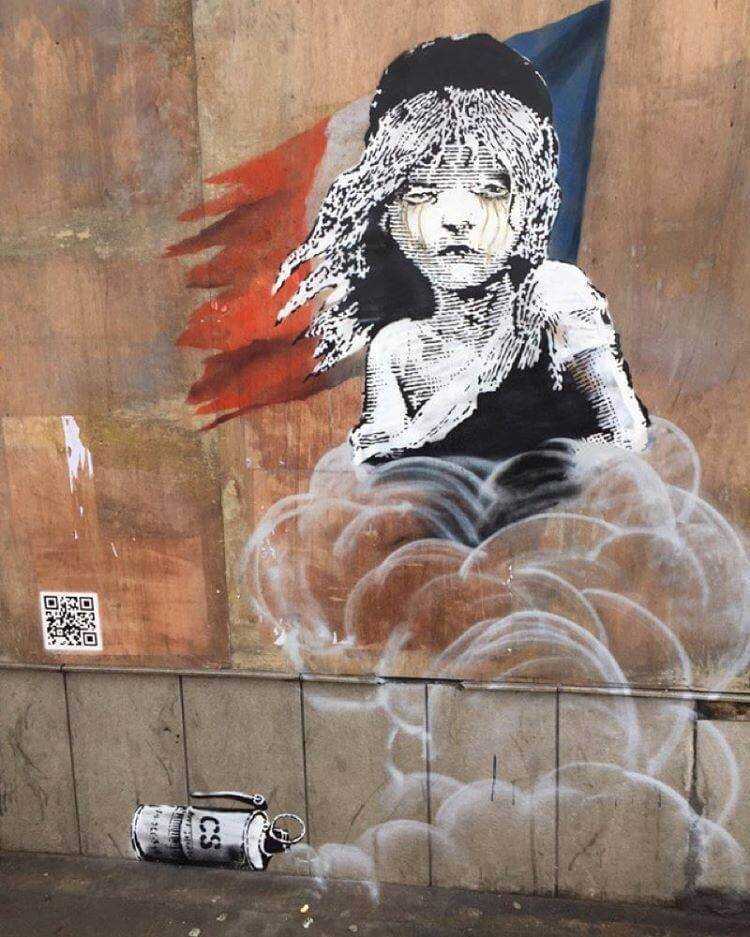
Breaking Boundaries
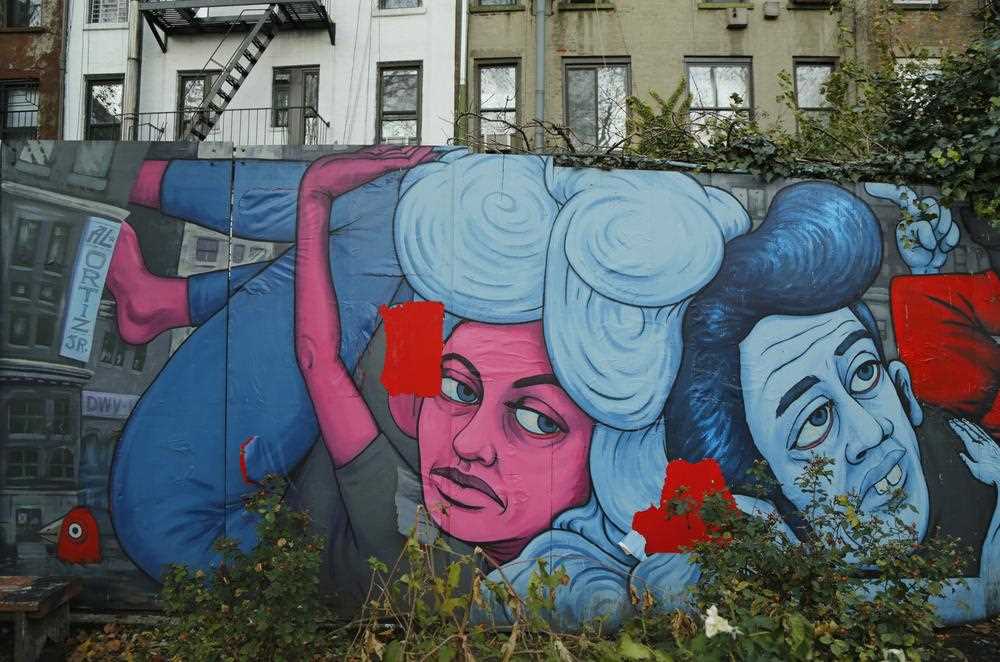
One of the defining characteristics of the urban art movement is its ability to break traditional boundaries and bring art to unexpected places. Artists use graffiti, murals, and stencils to transform ordinary walls, buildings, and structures into vibrant and thought-provoking works of art. By reclaiming public spaces, urban artists challenge societal norms and give a voice to marginalized communities.
A Catalyst for Social Change

Urban art has become a catalyst for social change, raising awareness about important issues and sparking conversations. Through their art, urban artists highlight topics such as inequality, racism, climate change, and political corruption. Their powerful imagery and symbolic messages force viewers to confront uncomfortable truths and question the status quo.
Moreover, the urban art movement offers a platform for underrepresented voices to be heard. Often, the artists behind the murals are members of the communities they depict, using their artwork to share their experiences and shed light on social injustices. Their creations serve as a visual representation of the struggles, dreams, and aspirations of these communities, demanding attention and action.

I am a mural enthusiast and a fervent admirer of street art. Rather than creating murals myself, I am passionate about collecting them. My love for street art knows no bounds. I am dedicated to curating and cherishing these artworks that grace the streets. My collection stands as a testament to my profound appreciation for this form of artistic expression.
read about me



